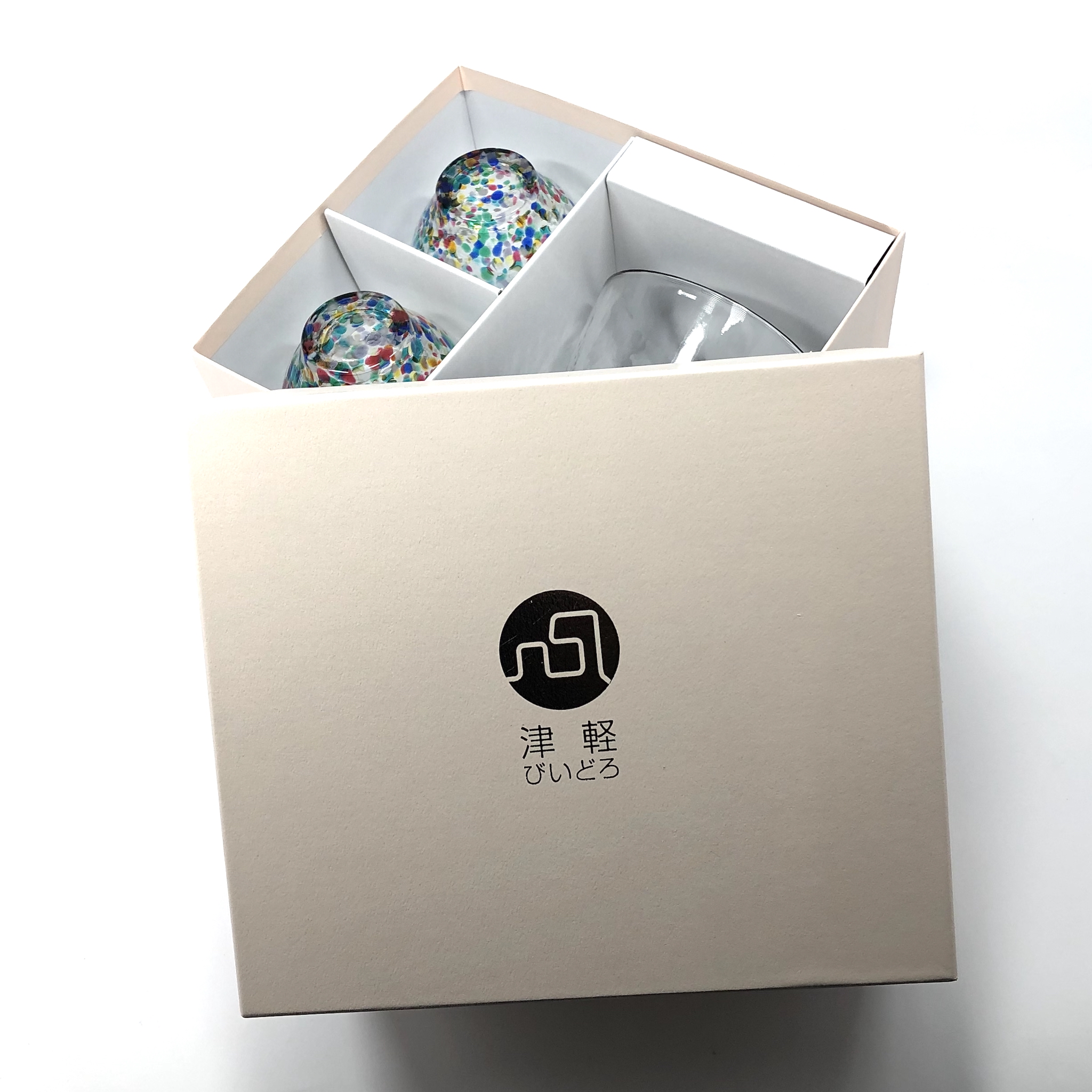Product Brand Story
What is Tsugaru Vidro?
"Bidoro" is a general term for Japanese glass that has its roots from the Edo period to the early Meiji period. The origin of the word is the Portuguese word "Vidro" which means glass, and it is said that it mainly refers to blown glass.
Among the blown glass in Japan, Aomori Prefecture is proud of "Tsugaru Vidro". It is a handmade warm glass product that makes use of the technology used in the fishing industry to make floating glass balls. Glasses and vessels with soft colors that make you feel the four seasons of Japan have grown into popular crafts overseas.
History and technology of Tsugaru Vidro
Tsugaru Vidro was born from a floating ball for fishing. Floating balls made of wood until the Meiji and Taisho eras were made in Norway in 1840, and glass floating balls spread throughout the world. From around 1910, even in Japan, it has been made in Otaru, where glass production is thriving. Hokuyo Glass started manufacturing floating glass balls in Aomori in 1949. Using the sand of Nanari Nagahama, which stretches to the west of the Tsugaru Peninsula, a round floating ball was made using the air-blowing technique inherited from the Roman era. The astringent green-brown floating ball has gained a reputation for being stronger than those made by other factories, and in 1973 it became the top manufacturer of glass floating balls, boasting the largest share in Japan.
The important thing in floating ball manufacturing is to make it round. It took a high level of skill to shake the rod and shape it while breathing in the melted glass on the blowing rod. Can we use this high technology for something?
The craftsmen who thought that way learned techniques such as blending colored glass by themselves. He created the glass product "Tsugaru Vidro" that represents Japan.
Product Description
The characteristic colored glass is basically prepared in-house to express the colors that convey the four seasons of Japan. The colors of Aomori's nature, such as autumn leaves, cherry blossoms, and apples, are reproduced on the glass.
The manufacturing method of Tsugaru Vidro is not much different from the manufacturing method of making floating balls. The glass melted by heating to a high temperature is wound around the tip of the blowing rod, and breath is blown from the other end to inflate it.
It can be said that the fact that it is made by this air-blown manufacturing method leads to the unique and free shape of Tsugaru Vidro. However, despite being made by hand, there is almost no error in the size of the finished product. It is a skill that can be achieved by the high skill of craftsmen who have inherited traditional techniques.
Tsugaru Vidro is a fusion of traditional Japanese techniques and the sensibility of Japanese people who love nature. The beautiful world view attracts attention from overseas.




